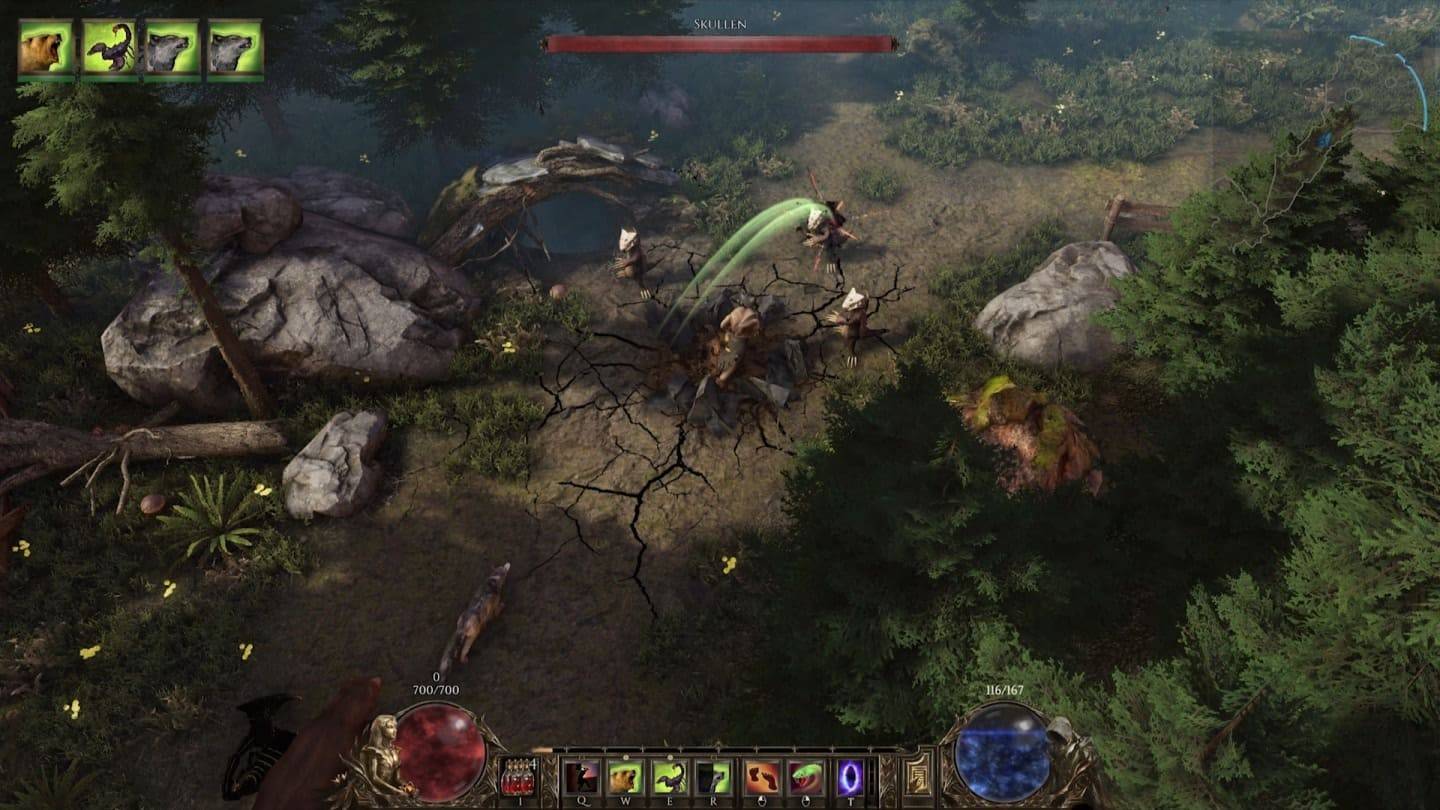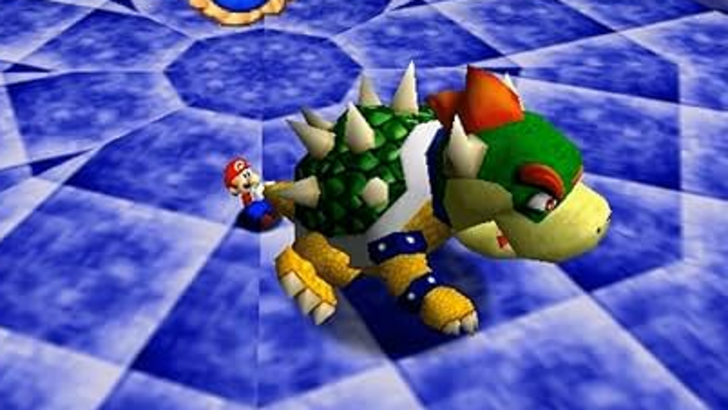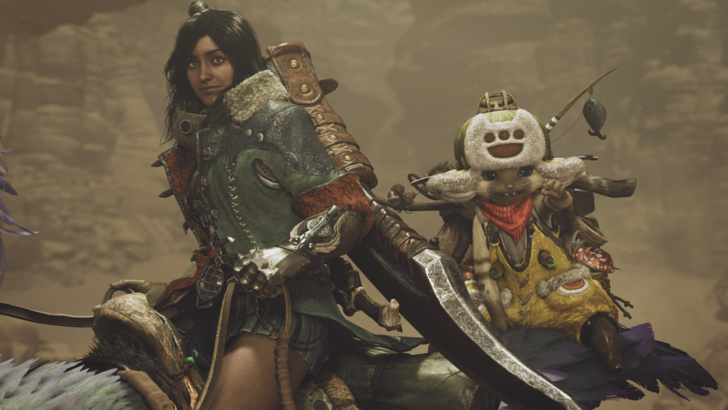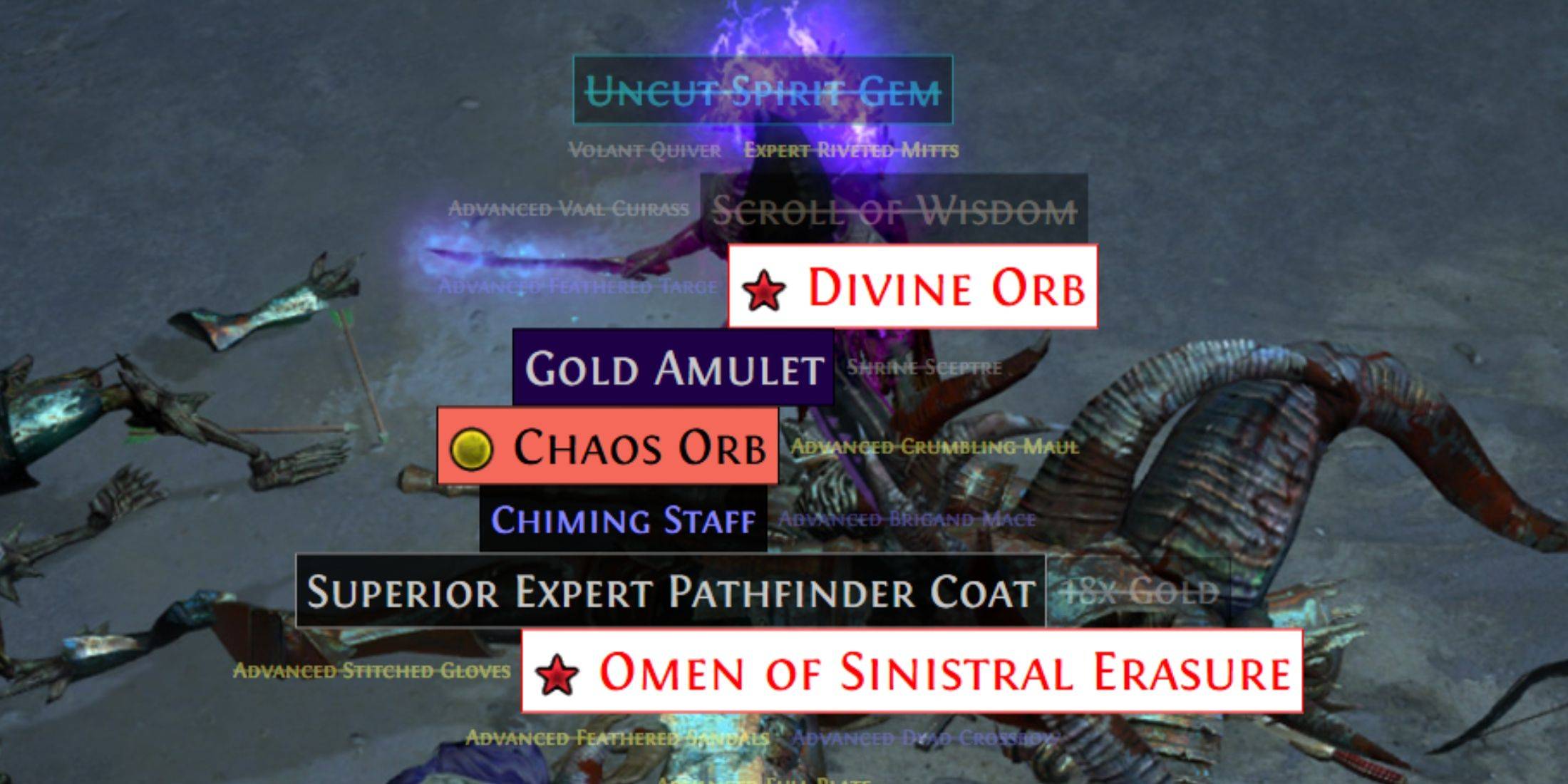Before its global launch, Monster Hunter Wilds shattered pre-order records on Steam and PlayStation, mirroring the phenomenal success of its predecessors, Monster Hunter Rise (2022) and Monster Hunter: World (2018). This achievement firmly establishes Capcom's unique RPG series as a major player in the global video game market. However, this wasn't always the case.
Less than a decade ago, the idea of Monster Hunter achieving such widespread global popularity seemed improbable. The original 2004 release received mixed reviews. It wasn't until the 2005 PSP release that the series truly took off—in Japan. For years, Monster Hunter epitomized the "bigger in Japan" phenomenon. While the reasons were straightforward, as this article explains, Capcom persistently sought to expand the series' international reach. The success of Monster Hunter: World, Rise, and now Wilds, proves their efforts were worthwhile.
This is the story of Monster Hunter's journey from a domestic sensation to a global powerhouse.
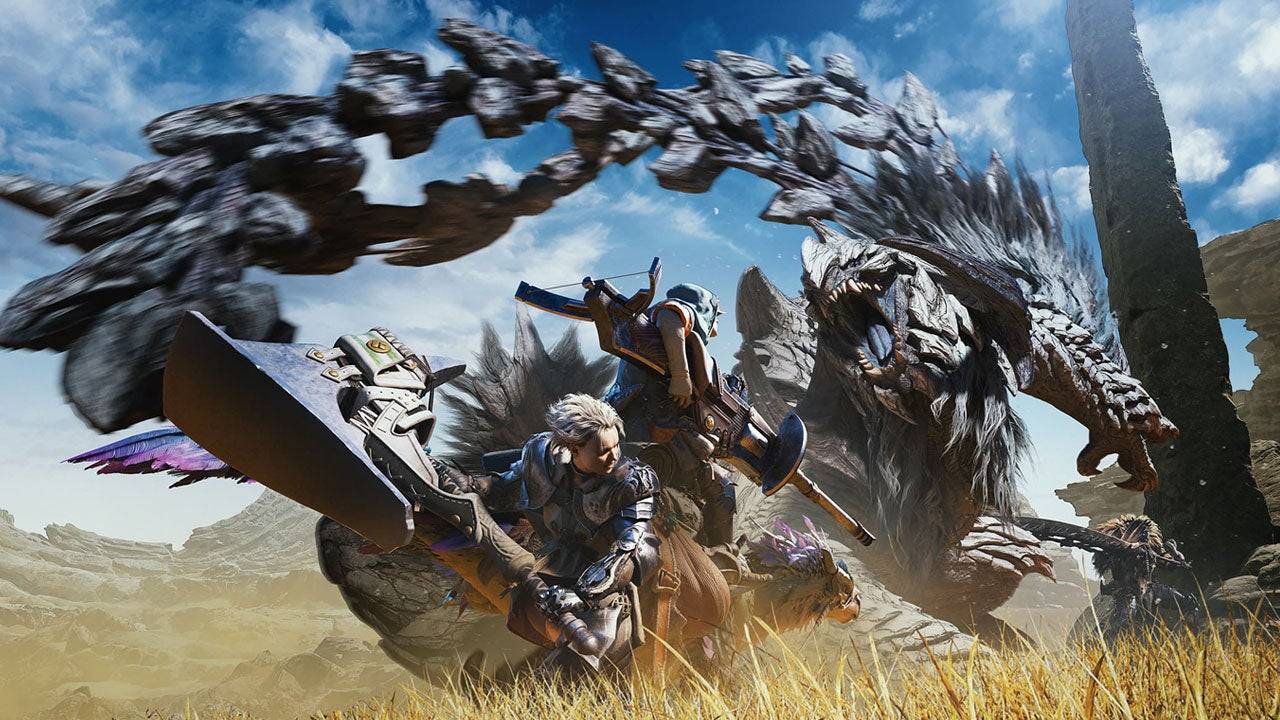
Around the launch of Street Fighter 5 in 2016, Capcom underwent an internal restructuring to prepare for a new generation of games powered by the RE Engine, replacing the aging MT Framework. This wasn't just a technological shift; it involved a mandate to create games appealing to a global audience, not just existing regional fanbases. Hideaki Itsuno, a former Capcom game director (known for Devil May Cry), explains: “The change of the engine, and all teams were given a very clear goal at that point to make games that reach the global market. [Games] that are fun for everyone.”
Capcom's PS3 and Xbox 360 era games often seemed to target a perceived "Western games market." While Resident Evil 4 was a success, titles like Umbrella Corps and the Lost Planet series, chasing late-2000s Western trends, fell short. Capcom realized the need to create universally appealing games.
Itsuno emphasizes the importance of the period leading up to 2017: “The changes in organization and the changes in the engine, all these elements came together around that time.” The launch of Resident Evil 7 that year marked the beginning of a Capcom renaissance.
No series better exemplifies this global success than Monster Hunter. While it had a dedicated Western fanbase, it was significantly larger in Japan. This wasn't intentional; several factors contributed.
The shift to the PSP with Monster Hunter Freedom Unite was pivotal. The handheld market was always stronger in Japan, and the well-developed wireless internet infrastructure allowed Japanese gamers to easily play with friends—a significant advantage years ahead of the US. Ryozo Tsujimoto, the series' executive producer, explains: “20 years ago, Japan was in a very, very solid state in terms of the network environments available to people, and being able to connect and to play online together… By moving over to handheld systems, we were able to grow that player base that was interacting and playing multiplayer together.”
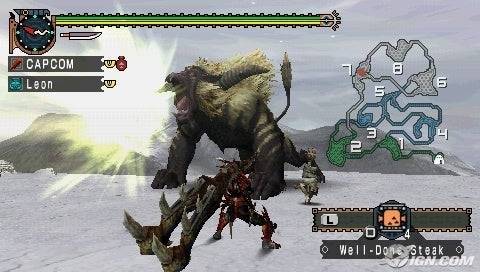
Monster Hunter's cooperative gameplay thrived on this ease of connection. This led to a cycle: Japanese best-selling titles resulted in Japan-only content and events, further reinforcing its "Japan-only" image. However, Western fans eagerly watched from afar.
The release of Monster Hunter: World in 2018 on PlayStation 4, Xbox One, and PC marked a significant shift. Designed for powerful consoles, it offered AAA-quality visuals, larger areas, and bigger monsters. Tsujimoto notes: “The fact that we called it Monster Hunter: World is really kind of a nod to the fact that we wanted to appeal to this worldwide audience… for the first time.”
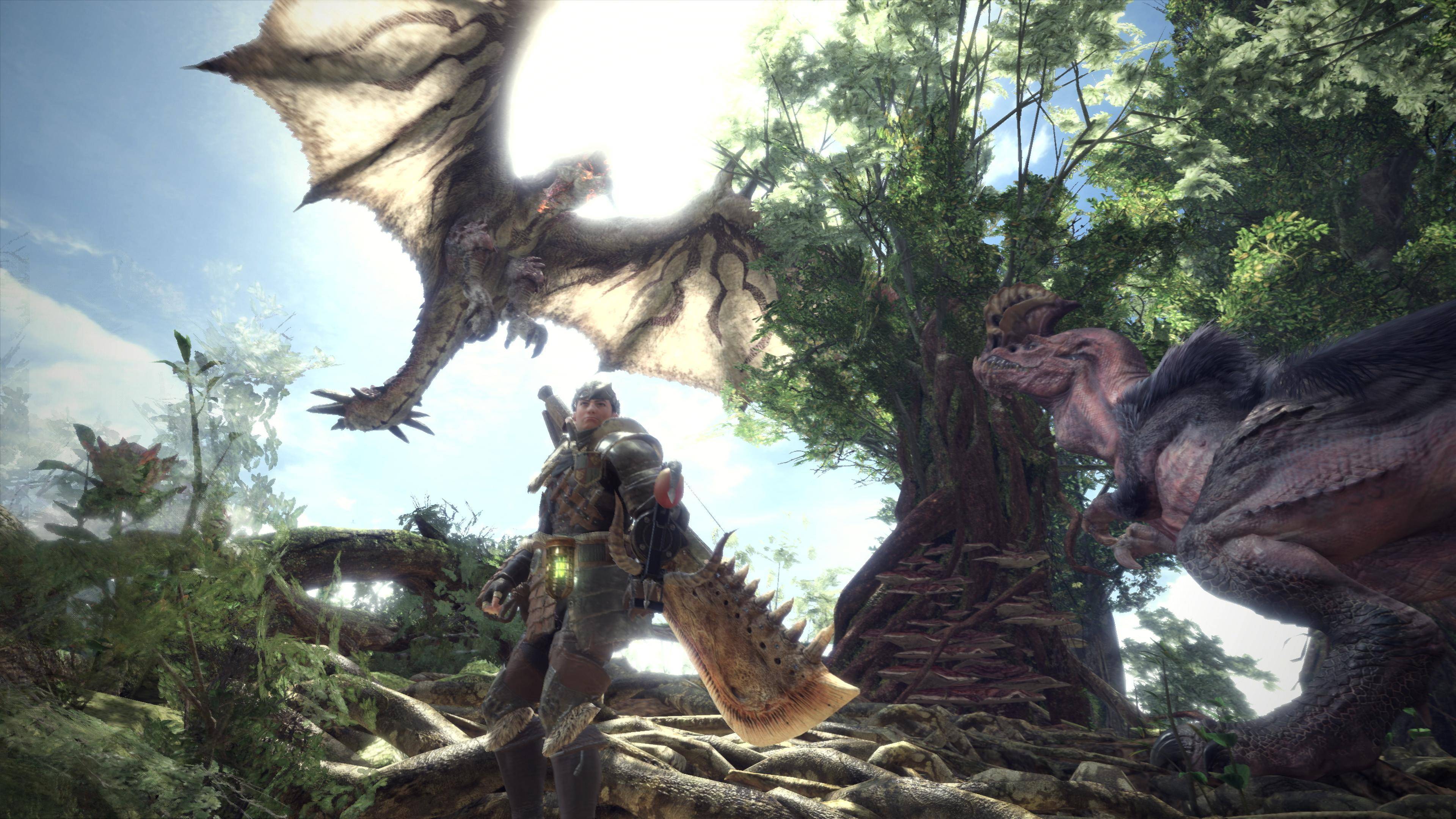
Simultaneous worldwide release and the avoidance of Japan-exclusive content were crucial. Tsujimoto explains that this involved "realigning ourselves to hit those global standards." The team conducted extensive playtests globally, using the feedback to refine game systems. Tsujimoto says: “We did focus tests and user tests across the world… the feedback… really affected how we designed our game systems…”
One key change was displaying damage numbers. These subtle improvements propelled Monster Hunter to unprecedented heights. Previous games sold 1.3 to 5 million copies; Monster Hunter: World and Rise each surpassed 20 million.
This growth wasn't accidental. Instead of altering Monster Hunter's core, Capcom made it more accessible without sacrificing its essence. This approach continues with Wilds. Tsujimoto explains: “At its heart, Monster Hunter really is an action game… But for newer players, it's really getting to that point. …we were taking really great care to analyze where players got stuck… and all of that kind of knowledge has impacted how we've implemented new systems into Wilds.”
Within 35 minutes of release, Monster Hunter Wilds reached 738,000 concurrent players on Steam, surpassing Monster Hunter: World's peak. Positive reviews and promised future content suggest Wilds will continue the series' global conquest.

 Latest Downloads
Latest Downloads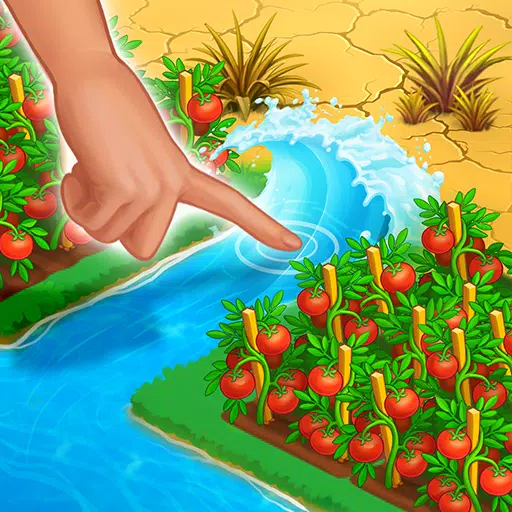
 Downlaod
Downlaod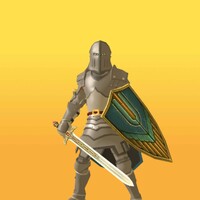




 Top News
Top News